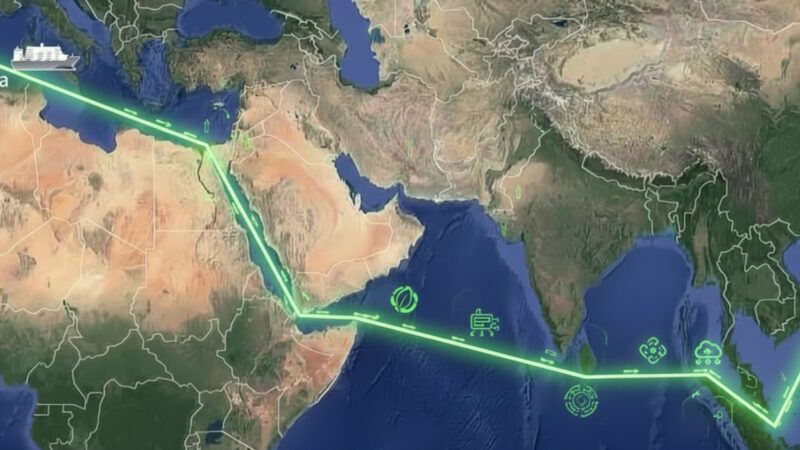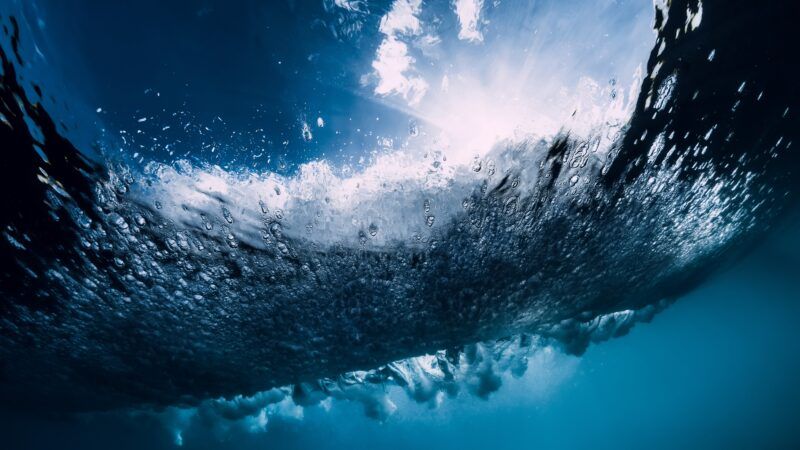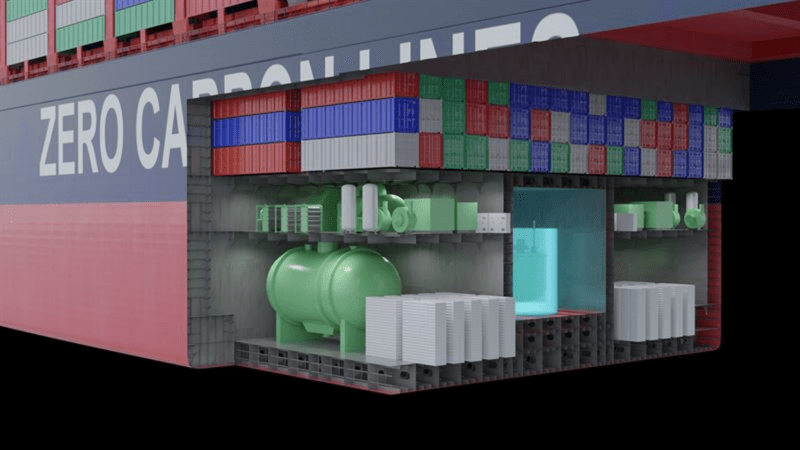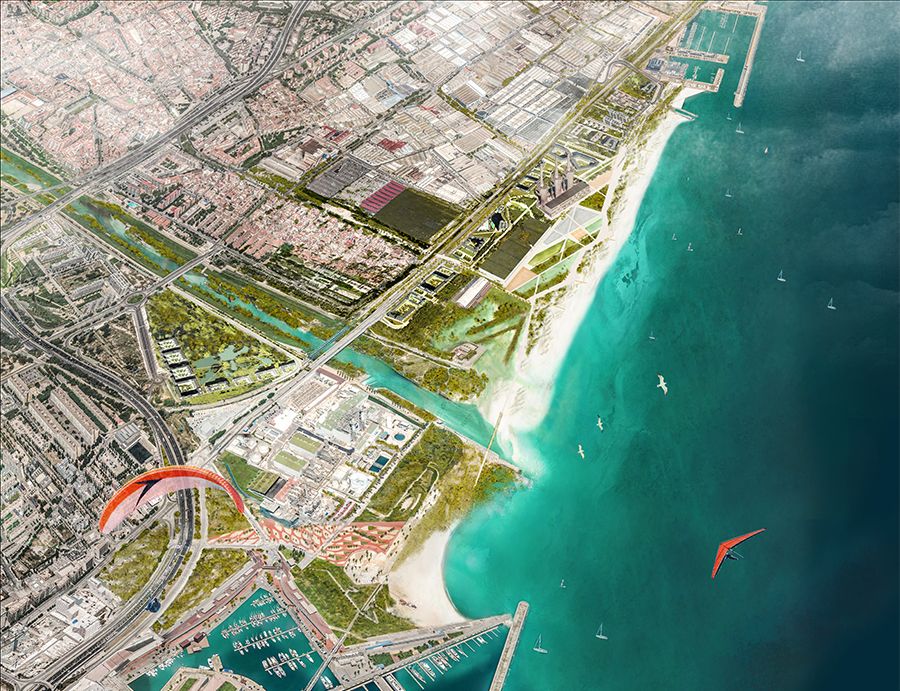 In order to achieve a Europe in which ecosystems and biodiversity are protected and greenhouse gas emissions are minimised, coastal restoration is of particular importance (LANDLAB).
In order to achieve a Europe in which ecosystems and biodiversity are protected and greenhouse gas emissions are minimised, coastal restoration is of particular importance (LANDLAB).
Resilient coasts: the innovative transformation of the coastline to protect it from climate change
A growing number of projects are seeking to demonstrate that restoring coastal ecosystems such as beaches, salt marshes, dunes and seagrass meadows can reduce flooding and erosion risks with a low carbon footprint. And without pouring concrete into the sea... Or not?
 In order to achieve a Europe in which ecosystems and biodiversity are protected and greenhouse gas emissions are minimised, coastal restoration is of particular importance (LANDLAB).
In order to achieve a Europe in which ecosystems and biodiversity are protected and greenhouse gas emissions are minimised, coastal restoration is of particular importance (LANDLAB).
For thousands of years, coastal people have been throwing stones into the sea to build harbors, jetties and other large infrastructures. Today, the consequences of climate change and rising sea levels threaten these infrastructures and the cities behind them.
REST-COAST is part of a large network of projects aiming to accelerate the sustainable transition towards a climate-neutral Europe. A Europe where ecosystems and biodiversity are protected and greenhouse gas emissions are minimised.
To achieve this scenario, coastal restoration is of particular importance. The REST-COAST project, financed by European funds from the Horizon 2020 programme and framed within the European Green Deal, will assess over the coming years to what extent the regeneration of ecosystems can help improve biodiversity, store blue carbon and protect the coastline. It will also promote connectivity between coasts and rivers and increase habitable space.
"This project aims to demonstrate that coastal ecosystems can reduce the risks of erosion and flooding as successfully as rocks and breakwaters," explains Agustín Sánchez-Arcilla Conejo, director of the Laboratori d'Enginyeria Marítima (LIM) at the Universitat Politècnica de Catalunya, which is participating in the project. "To show that ecosystems can adapt to climate change and reduce the risk to people and infrastructures, all with a low carbon footprint.”
A sustainable relationship
Coastal regions are very important areas at different levels, ranging from social to economic to environmental. Their ecosystems, such as wetlands and seagrasses, are natural carbon sinks, contribute to environmental quality and reduce disaster risk.
However, over the last decades, coastal management has been based on a unilateral and unsustainable use of resources, which has accelerated their degradation. The consequences of climate change, such as rising sea levels and the increased intensity and frequency of extreme weather events such as storms and hurricanes, put these coastal zones at risk.
There are two main solutions to these problems: slowing down climate change and adapting to the new reality. According to the sixth and latest report of the Intergovernmental Panel on Climate Change (IPCC), sea level rise events that used to occur every 100 years could happen on an annual basis by the end of this century.
"When we have to cope with the accelerated rise of sea levels, there will be more waves than today and these will intensify in harbors and beaches around the world. Then we will have to work to maintain everything we have built on the coasts or even make bigger defenses," explains Sánchez-Arcilla.
"However, there is another solution. As long as sea level rise is within limits, ecosystems are able to adapt. Therefore, we propose the option of regenerating, restoring and protecting ecosystems such as marshes and wetlands," he says.
The project will carry out nine pilot initiatives in the main regional seas of the European Union: the Baltic, the Black, the North, the Atlantic and the Mediterranean. In the Mediterranean, part of the work is focused on the Ebro Delta, a delta that is experiencing subsidence. In other words, the progressive sinking of its surface.
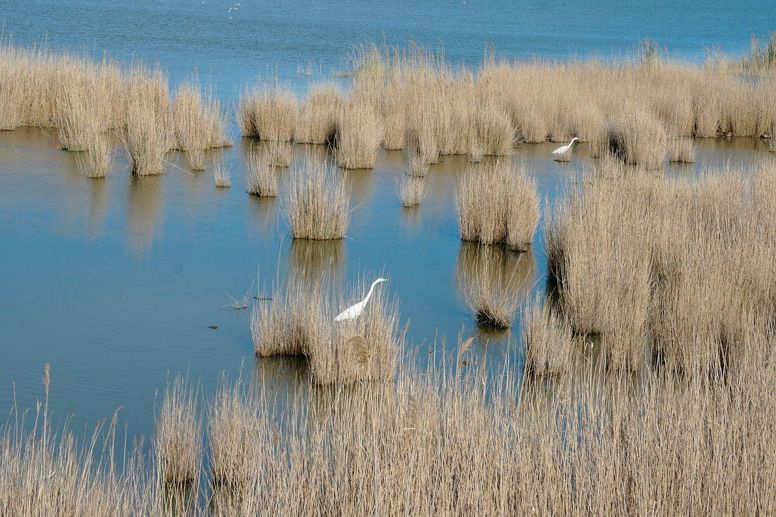
"This is a phenomenon that occurs in deltas: if the sea level rises and the delta sinks, the difference increases. Thus, the Ebro delta is experiencing now what the rest of the planet's beaches will experience in 2070. This is why we have chosen it as a laboratory, to see how these natural solutions work," Sánchez-Arcilla explains.
In this coordinated plan to restore coastal environments, ports can also make their contribution. For example, by adding vegetation in nearby deep areas, so it dissipates some of the wave energy.
Three solutions for coastal ecosystems
The REST-COAST project proposes three main solutions.
- The first is to provide space on the surfaced beach with wetlands, dunes or vegetation. "This way, when a storm comes, the surfaced beach will be able to better dissipate the energy of the waves and then regenerate," explains the director of LIM.
- The second is based on vegetating the submerged beach. In the Mediterranean, one of the first options is usually the Posidonia oceanica, but there are other alternatives. "It is an excellent plant, with great environmental value, but it takes a long time to develop and is very delicate. There are others that do not have the same benefit for the ecosystem, but they can also help dissipate wave energy," says Sánchez-Arcilla.
This solution is being implemented in the Venice lagoon, for example.
- The third one seeks to reconnect the coast and the river by removing the barriers that currently exist and get the rivers to bring sediment back to the coast. "Take, for example, the Ebro. It has almost 200 dams and flows through a territory where agricultural activities and irrigation have increased," says Sánchez-Arcilla. "At the end of the route, there is little water left to transport sand, and much of this sand now ends up in the reservoirs, which lose their capacity to store water.”
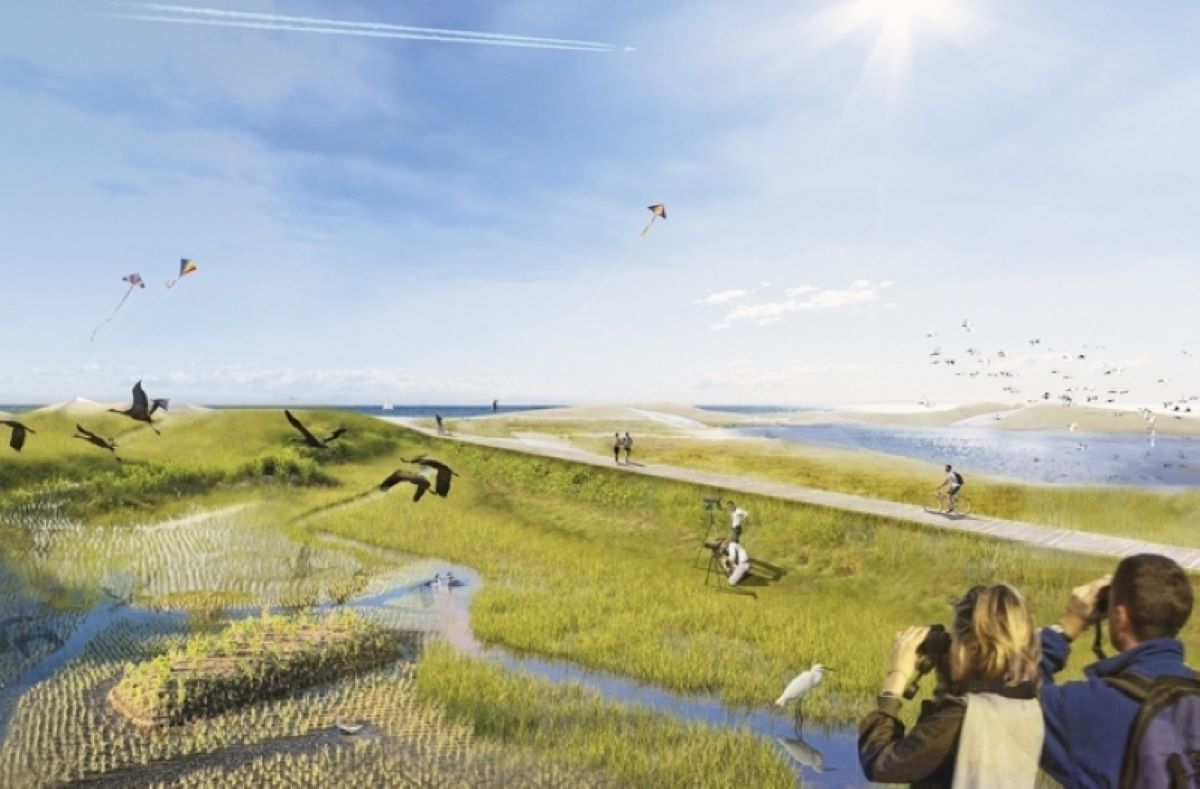
"The project seeks to exemplify that everything is linked, and that this connectivity would benefit everyone. However, this is easy to propose, but complicated to do," Sánchez-Arcilla continues. "If we remove barriers and infrastructures on stretches of urban beaches, such as those in Barcelona, we would lose homes and businesses. On the other hand, if we remove the barriers, the beach would gain self-defense capacity, which would be beneficial for the whole environment."
A global plan for the world's coasts
The latest IPCC report leaves no room for doubt: urgent action is needed to curb climate change and, at the same time, work to adapt to new realities. One of the keys to achieving both objectives is cooperation.
"There is still time to improve coastal resilience to climate change. To do so, we must cooperate instead of taking isolated actions," Sánchez-Arcilla corroborates. The LIM director highlights the collaboration between different agents as one of the positive aspects of the REST-COAST project. "Engineers, economists, biologists, conservation groups such as SEO Birdlife and IUCN and various administrations…we are all united," he says.
In this coordinated plan to restore coastal environments, ports can also make their contribution. For example, by adding vegetation in nearby deep areas, so that it dissipates some of the energy of the waves, or by placing isolated structures, such as biotopes, which can help generate life and protect their infrastructures.
In the long term, the aim is to replicate these initiatives on a large scale and shape a comprehensive climate change mitigation plan. "We have a cooperation panel to export these developments in Europe to other parts of the world," explains Sánchez-Arcilla.
"For example, we are in contact with teams working on projects in the Río de la Plata, on the coast of Tunisia and in the Ganges delta, an area that is very vulnerable to climate change. "We share experiences with a common goal: to learn and develop solutions that benefit us all.”
Architects and landscape architects: the other necessary players
This disciplinary field is still dominated by engineers and infrastructure professionals. To integrate these regeneration and biodiversity criteria, architects and/or landscape architects are also participating in the dialogue, as this is an issue that also directly affects cities and their capacity to adapt.
"When we talk about climate change and resilient design, we are still working from the point of view of risk protection. As a result, at the point of contact between the city and the sea, traditional breakwaters and check dams continue to prevail," says Miriam García, PhD in Architecture and director of LANDLAB, a landscape laboratory whose projects focus on two of today’s great contemporary crises: climate change and biodiversity loss.
The strategy to adopt, following this natural dynamic, should be to renew coastal landscapes to make them resilient to climate change, says García. For example, by meandering the river to collect sediment that is transported towards the river’s mouth. Once there, strengthening the formation of coastal wetlands so that the vegetation acts again as a natural protective barrier.
It is also important, depending on the type of coastline, she says, to recreate or restore dune ridges, create submerged artificial reefs, build flood lagoons to direct water, retain it and distribute it to minimize flooding and saline intrusion.
Are these measures enough?
At the Port of Barcelona, however, they are not so optimistic: "Unfortunately, on the one hand, climate change is causing increasingly frequent and intense storms and, on the other, human activity is interfering with the natural development of the coastline, leaving it more defenseless against atmospheric phenomena," says Jordi Vila, head of the Environment department at the Port of Barcelona.
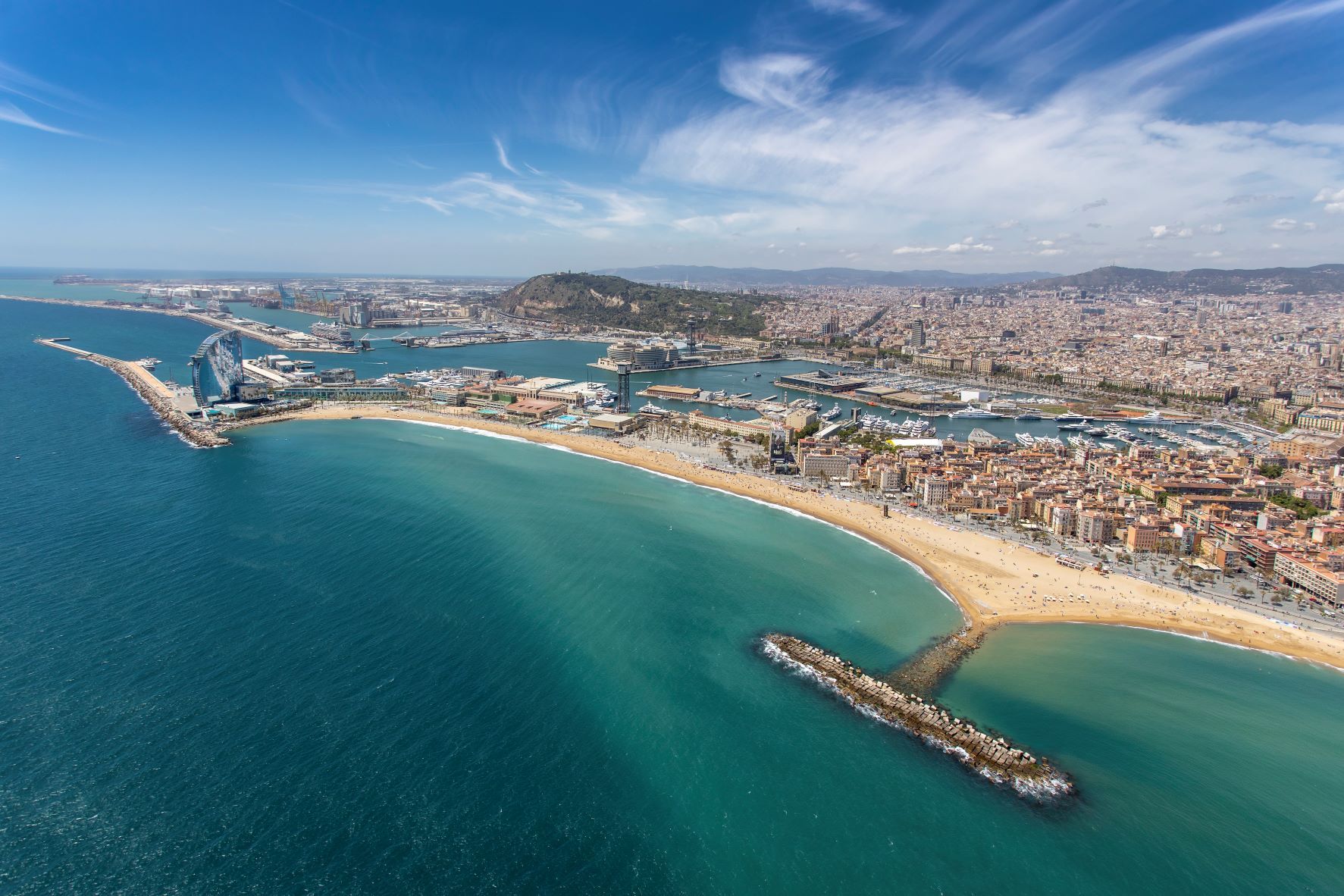
This human intervention is manifested, for example, in the construction of check dams and breakwaters that modify the dynamics of coastal currents, the channeling of rivers or the construction of dams that reduce the contribution of sediments to deltas and estuaries.
"Soft' measures to mitigate storm effects are not, at present, effective enough to regenerate our beaches and ecosystems, although that they can complement other 'harder' measures," adds Vila.
Examples of these 'hard' measures adopted by the Port of Barcelona are the annual contribution of some 100,000 m3 of sand to the south of the Llobregat river or the extension of the San Sebastian breakwater, currently under construction, of some 170 m in an ENE direction, which should prevent the loss of sand from the beaches of the Barceloneta, especially during strong storms.
Among these soft measures, the Port of Barcelona is analyzing, on the one hand, the possible installation of ECOncrete blocks in the extension of the San Sebastian breakwater, which would accelerate the development of biodiversity in the infrastructure, or the installation of Ocean Ecostructures panels in various areas of the port, which would facilitate the colonization of the port space by animal and plant species.
"Both ideas are based on providing a substrate that facilitates the covering of species of high ecological value and would also serve as an early detector of allochthonous species," explains Javier Romo, technical manager for the Maritime Environment department at the Port of Barcelona. "Another initiative we are studying is the "sowing" of gorgonians on the breakwater at the north entrance," adds Romo.
Whatever the solutions, alternatives to the traditional breakwaters are already being considered which, as well as protecting the coastline, will help to create and regenerate much-needed biodiversity.



